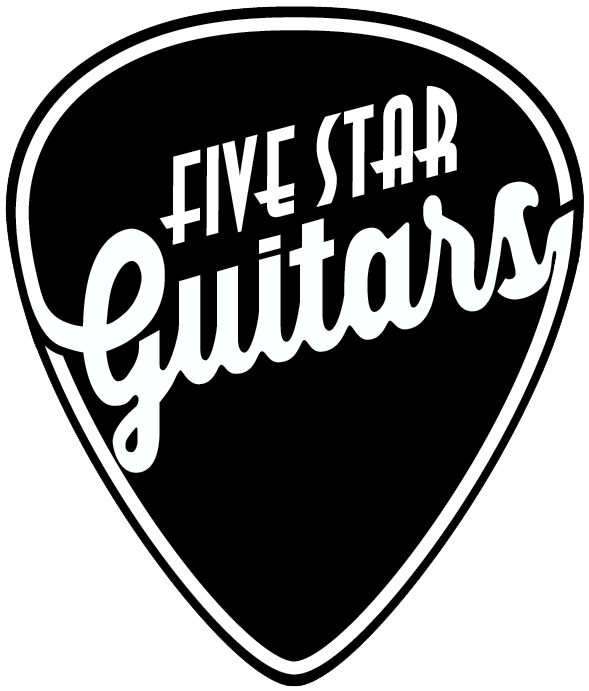
I Want to Trade In My Gear... Pt. 1, A Cheat Sheet
Share
Most of the used and consignment items in Five Star Guitars come from customers who are trading in their old gear to get something new(er). How does this process work? What should you know ahead of time? What should you expect? Here's a cheat sheet to help you get ready to upgrade.
Trade-In Cheat Sheet
- Five Star Guitars accepts used gear in trade, but if you're not looking to trade for newer gear right away we may offer to buy your gear outright, and we also have very fair consignment terms.
- Most shops won't give a quote over the phone of what they'll give you for your gear. It's not because they're shady, it's because they want to set proper expectations and treat you fairly.
- If you're going to call a shop and describe your gear over the phone, have it there in front of you. Describe what you're looking at, and let the shop ask questions. It puts less pressure on you to remember features and condition.
- Before you bring in a guitar, clean it and restring it. Before you bring in an amp or pedal, turn it on and play through all the settings. Shops base their offers on current (not potential) condition.
And finally...
You will get the greatest value for your gear with consignment, followed by trading it in toward new gear, and you'll receive the least by selling outright.
Why? The scale of value is directly related to the amount of "risk" that a shop takes when accepting your gear. When buying something outright, the store is putting money into inventory during the transaction. Money went out the door, but no gear did. No matter how little that store offered you, they still assume a 100% risk of loss if it doesn't sell.
You get more in trade because your gear now acts as a form of payment. Yes, gear came into the shop, but gear also left, rather than money. This is generally better for the business, so they're willing to offer more for it.
And consignment yields the most, because no money leaves the shop until the item sells, and the margin is usually a fixed percentage. There is no money sunk into dead inventory if it doesn't sell, and shops are generally willing to agree to a smaller margin if it's guaranteed to be there.
***Not all shops accept trades or sell used gear at all, and even fewer accept consignments. And not all vary their scale of value offered in the same way. But I've found that the shops that do all of the above like we do will handle things in a very similar way.***
